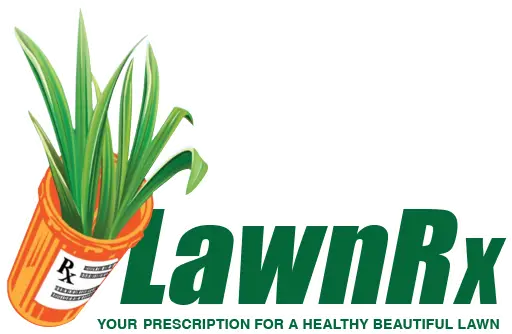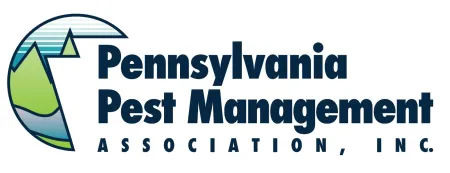If you’re a Pennsylvania homeowner considering planting a tree in your backyard, you’re making a wise investment. Trees can increase property value, provide shade and privacy, attract wildlife, and even reduce energy bills.
Thanks to our variable climate, ranging from humid summers to wet springs and falls, Pennsylvania lawns are prone to a variety of fungal and bacterial diseases. Left untreated, these issues can quickly turn your yard from a source of pride into a patchy, discolored mess.
As the winter chill fades and the first signs of spring emerge, homeowners and lawn care professionals alike must prepare for the upcoming battle against weeds. Early spring is a critical time for lawn care, and one of the most effective strategies for maintaining a healthy lawn is the use of pre-emergent herbicides.
In most places in the United States, our grass goes dormant once winter arrives. It comes as a relief to many homeowners in the north who can take a break from lawn care until spring. Even though our grass stops growing in the winter, we can still feed it as long as the ground is not frozen.
Whether you are buying a new house or business or just thinking about establishing a new lawn in Latrobe, PA, there are a few things to consider before spreading a new grass seed. Here in PA, we have mild, humid summers and cold, brutal winters.
Ants are like the dandelions of the pest world; where there is one, you can bet there are more. Seeing them march across your kitchen floor is not only frustrating but trying to find out where they are coming from can be even worse.
Pennsylvania is steeped in American history—from its Revolutionary roots to its industrial achievements. But beyond the documents, battlefields, and towns lies a quieter, older legacy: the state’s ancient trees.
Most people recognize that lawn grubs, while common, can cause significant property damage. Also known as white grubs, these immature beetles multiply rapidly and have a voracious appetite.







